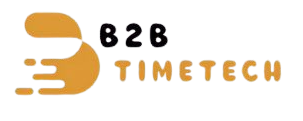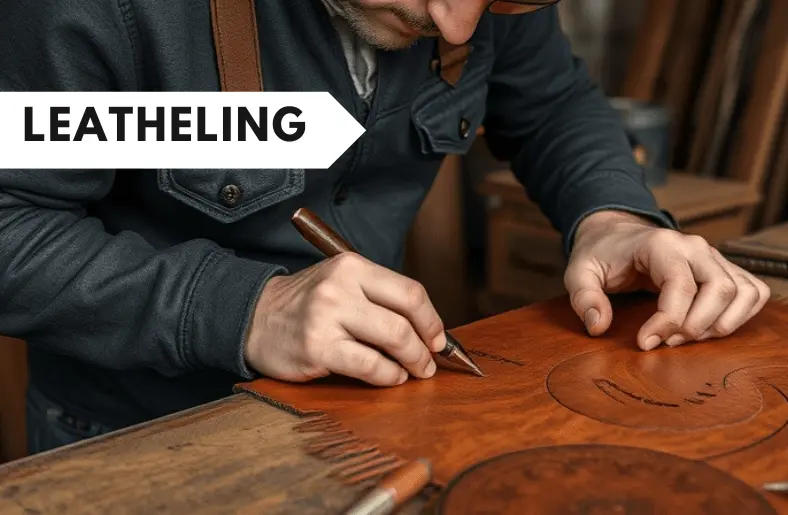Leather has always been admired for its timeless beauty and durability. Today, it has evolved. The fusion of traditional leathercraft with modern innovation brings about something new—Leatheling. This concept reflects craftsmanship, sustainability, and creativity. It merges ancient techniques with fresh, eco-friendly ideas. As we explore Leatheling, we uncover how it reshapes fashion, art, and ethical practices. Let’s dive into how Leatheling offers a unique perspective on craftsmanship and modern values.
The Evolution of Leathercraft
Leathercraft has a rich history that dates back to ancient civilizations. Early cultures used leather for protection, tools, and clothing. Over time, artisans perfected the craft, passing down techniques through generations. Leather became a symbol of strength, skill, and cultural identity.
Today, leatherworking blends age-old practices with modern innovations. Techniques like vegetable tanning and hand stitching remain essential, but new sustainable practices emerge. Designers incorporate eco-friendly materials, focusing on reducing waste and enhancing durability. This combination of tradition and sustainability keeps leathercraft alive, offering timeless beauty while respecting the environment. The craft continues to evolve with creativity and responsibility.
Leatheling as an Art
- The Role of Craftsmanship
Leatheling embodies the highest standards of leatherworking craftsmanship. Artisans skillfully combine tradition and technique to create durable, intricate designs. Their precision showcases years of practice, making each piece a unique representation of craftsmanship. - Innovative Designs
Modern technology has revolutionized leathercraft. Techniques like 3D printing and digital craftsmanship allow designers to push the boundaries of creativity. These innovations allow for experimental designs that merge technology with artistry, leading to unique, personalized leather creations. - Leatheling as Wearable Art
Leather has transformed into a medium for self-expression. Custom leather goods, fashion, and wearable art allow individuals to showcase personality. As a result, leather has become a canvas for creativity, with each piece telling a personal story.
Table Format
| Point | Explanation |
| The Role of Craftsmanship | Leatheling reflects the pinnacle of craftsmanship, combining traditional methods and refined techniques, highlighting the artistry and skill of leather artisans. Every item is distinct and exhibits flawless attention to detail. |
| Innovative Designs | Through advancements like 3D printing and digital techniques, modern leatherworking expands creative possibilities. These innovations enable designers to create experimental and personalized leather goods with unmatched precision. |
| Leatheling as Wearable Art | Leather has evolved into a powerful medium for self-expression. Fashion designers and artists create personalized, wearable pieces of art, allowing individuals to convey their style and identity through custom leather goods. |
Sustainability in Leatheling
- Sustainable Leather
Sustainable leather includes materials like vegetable-tanned leather, lab-grown leather, and eco-friendly alternatives. The processing of these materials has little effect on the environment. Unlike traditional methods, they use fewer chemicals, making them a safer and more sustainable choice for production. - Repurposing and Upcycling
Leatheling embraces the practice of repurposing and upcycling leather. By using discarded leather materials, waste is minimized, and new products are created. This approach reduces the environmental footprint of leather production, breathing new life into materials that would otherwise be wasted. - Ethical Leatherworking Practices
Ethical sourcing is a core principle of Leatheling. It ensures that leather is sourced responsibly, with respect for animal welfare and fair labor practices. This commitment guarantees that leather goods are not only eco-friendly but also created with integrity and social responsibility.
Table Format
| Point | Explanation |
| Sustainable Leather | Sustainable leather includes eco-friendly options like vegetable-tanned or lab-grown leather. These materials reduce environmental impact, using fewer harmful chemicals in production, thus contributing to a greener future. |
| Repurposing and Upcycling | Leatheling minimizes waste by using discarded leather, transforming it into new products. This reduces the environmental footprint of leatherworking and demonstrates a commitment to sustainability through innovative reuse practices. |
| Ethical Leatherworking Practices | Leatheling focuses on sourcing leather ethically, ensuring it is obtained responsibly. The process respects animal welfare and labor practices, making it a sustainable and socially responsible choice for consumers. |
The Leatheling Movement
The Leatheling movement marks a new era in leather craftsmanship, blending tradition with innovation. This approach is reshaping how leather goods are designed, crafted, and perceived. By incorporating modern technology, Leatheling embraces digital techniques and sustainable practices.
Furthermore, the movement emphasizes creative expression and personalization in leather products. It encourages designers to push the boundaries of what leather can achieve. As a result, this evolving trend brings fresh, environmentally conscious options to the market, making leather goods more accessible and ethical.
Impact of Leatheling on Personal and Cultural Resilience
Leatheling significantly contributes to both personal and cultural resilience by fostering creative self-expression. By using sustainable materials, individuals actively participate in preserving cultural heritage. Additionally, it empowers artisans to continue traditional leathercraft practices while embracing modern innovation.
Moreover, the movement strengthens cultural identity by producing unique, customizable leather goods that tell personal stories. This blend of craftsmanship and innovation encourages sustainability, allowing communities to maintain their traditions while adapting to changing global trends. As a result, Leatheling promotes both individual growth and cultural preservation in a rapidly evolving world.
Create Your Own Leatheling
Creating your own Leatheling starts with selecting the right materials, such as sustainable leather or eco-friendly alternatives. Next, plan your design, ensuring it reflects personal style while embracing traditional techniques.
Afterward, gather essential tools like cutting tools, stitching supplies, and dyes. Once prepared, sketch your design, considering function and aesthetics. Begin cutting and stitching, paying attention to detail, as craftsmanship is key.
Lastly, finish your piece with a protective coating, ensuring durability. With practice and patience, anyone can create a Leatheling that blends artistry, sustainability, and tradition.
Conclusion
In conclusion, Leatheling represents the perfect fusion of tradition, innovation, and sustainability. By embracing craftsmanship, modern techniques, and ethical practices, it paves the way for a new era in leatherworking. Furthermore, it encourages personal expression and cultural resilience. Ultimately, Leatheling offers endless possibilities for those seeking unique, sustainable, and meaningful leather creations, making it a powerful movement for the future.



